You can write the best headlines that draw people to your blog posts, but if you don’t use visuals, you’re bound to lose them within the first few seconds. Web users find it extremely difficult to read a wall of text.
We live in the age of visuals. There’s visual everywhere you go on the internet. So, web users are spoiled with visuals. In fact, they expect to see a visual after every few paragraphs.
We aren’t living in the days of the black-on-white text page again. There’re colors everywhere.
No matter the industry or niche you’re in, you need images. Almost every company out there is investing in content marketing. But very few are going further by investing in visual marketing.
Visual marketing. It’s an excellent way for you to differentiate your business and earn the attention of potential customers.
If you want to get more leads with your content marketing efforts, you need to start putting out a lot of high-quality visuals.
Visuals will help you get and keep the attention of prospects.
Visuals will help you create marketing messages that resonate with your audience. Instead of just telling them with text, you’ll be showing them.
Visuals will help you connect with your audience emotionally. It’s not that it’s hard to connect with a prospect emotionally through text. Visuals only make it 1,000% easier.
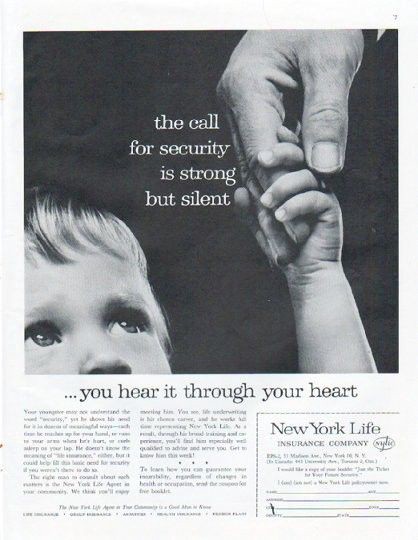
In this article, I’ll share with you everything you need to know to start acquiring leads using visual storytelling marketing.
What is Visual Storytelling Marketing?
Visual storytelling marketing is storytelling with the addition of images. Yes, images are the key thing that makes this strategy different from other digital marketing strategies.
Instead of trying to explain things with text, you rely more on images. And most web users like that because it makes it easier for them to understand things.
It helps them get your points quickly.
Why Visual Storytelling Will Always Work
Regardless of the kind of business you run or the industry you’re in, I want to assure you that visual storytelling marketing will work for you.
Why am I so sure of that?
It’s simply because our brains are great at processing images better than texts. In fact, our brains love images.
A study found that people only remember 20% of what they read after a few days of getting the information. But the same group of people would remember 80% of what they see.
You can use visual storytelling to show people. When you show prospects with visuals, they’ll remember the information. And of course, if they remember the information, they will likely remember your brand.
One of the toughest things in digital marketing is making people remember your company. By tapping into the power of visual storytelling marketing, you’ll be able to make people remember your brand over and over again whenever they see your visuals.
A study found that 90% of the information sent to the brain is visual.
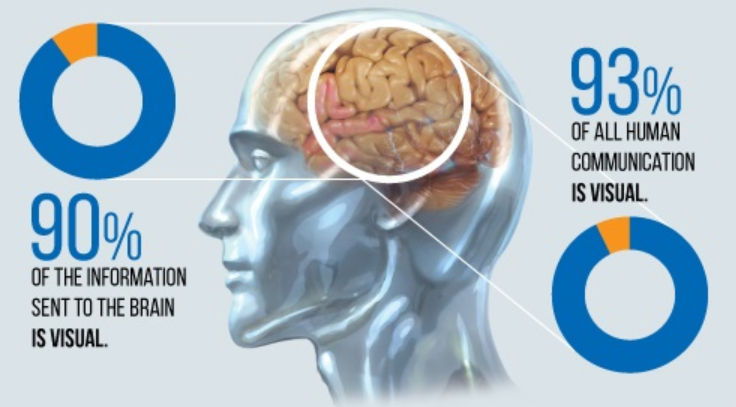
Visit social media sites like Twitter and Facebook. You’ll see visuals everywhere. It’s because people love those visuals.
Images get more attention on social channels than pure text.
I haven’t met anyone who doesn’t like images. Information on images is easy to digest and share.
Examples of Visual Storytelling Marketing
Lots of companies, both B2B and B2C, are using images right now. Below are the key types of visual storytelling they’re using:
- Photos
- Memes
- GIFs
- Custom Illustrations
- Charts and Graphs
- Videos
- Animations
- Infographics
All of them may not work for your audience. I recommend that you try 2 or 3 at a time and watch your prospects’ response. If a particular type of visual storytelling tends to get more shares and engagements from your visitors, it’s a big sign that they like it.
Ensure that you’re mixing the ones that work for you together. You may use videos and infographics together. Never use one single type alone.
I’m a big fan of video, infographics, and photos. I think the three works in most industries and niches. So, don’t hesitate to try that combination if you’re starting.
Let’s look at each type in more detail and some examples.
1. Photos
You can use photos in any industry, niche, or platform. They’re everywhere online. It’s because people love pictures.
The kind of photos you share with your audience should be unique. Your readers shouldn’t have seen it anywhere.
Instagram is a great place to find unique photos. I get a lot of inspiration on the site.
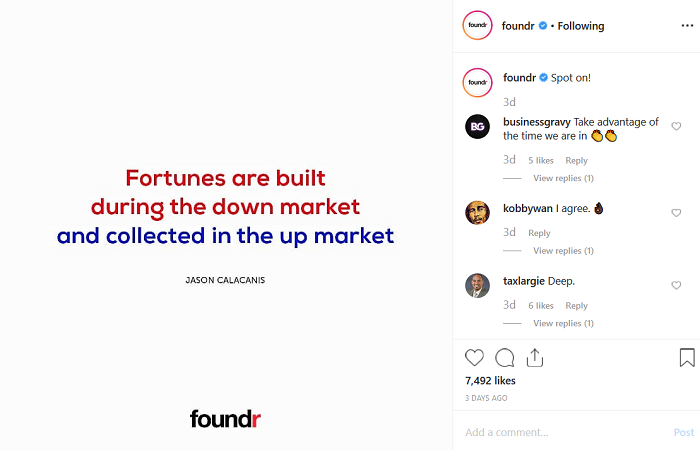
Each photo you share should convey a message. And that message should be related to the topic your content is about.
I’m not a big fan of stock photos, but sometimes, they can help you convey your message well.
Free stock photos are another option you may want to try. Sites like Unsplash and Pixabay are great places to find nice free stock photos.
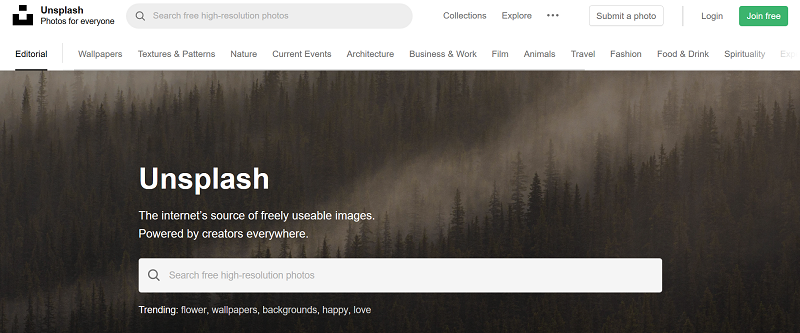
But my favorite images for visual storytelling marketing are the ones I create or take myself. I have 100% rights to the photo.
2. Memes
Memes are everywhere too. And people love them. Most memes aren’t good, though. So, you have to be pretty good at recognizing great memes you can use that your readers would relate to.
A meme may not make sense. But you can use it, along with texts, to convey a message to your audience.
For example, see how Ruffles uses memes on Instagram.
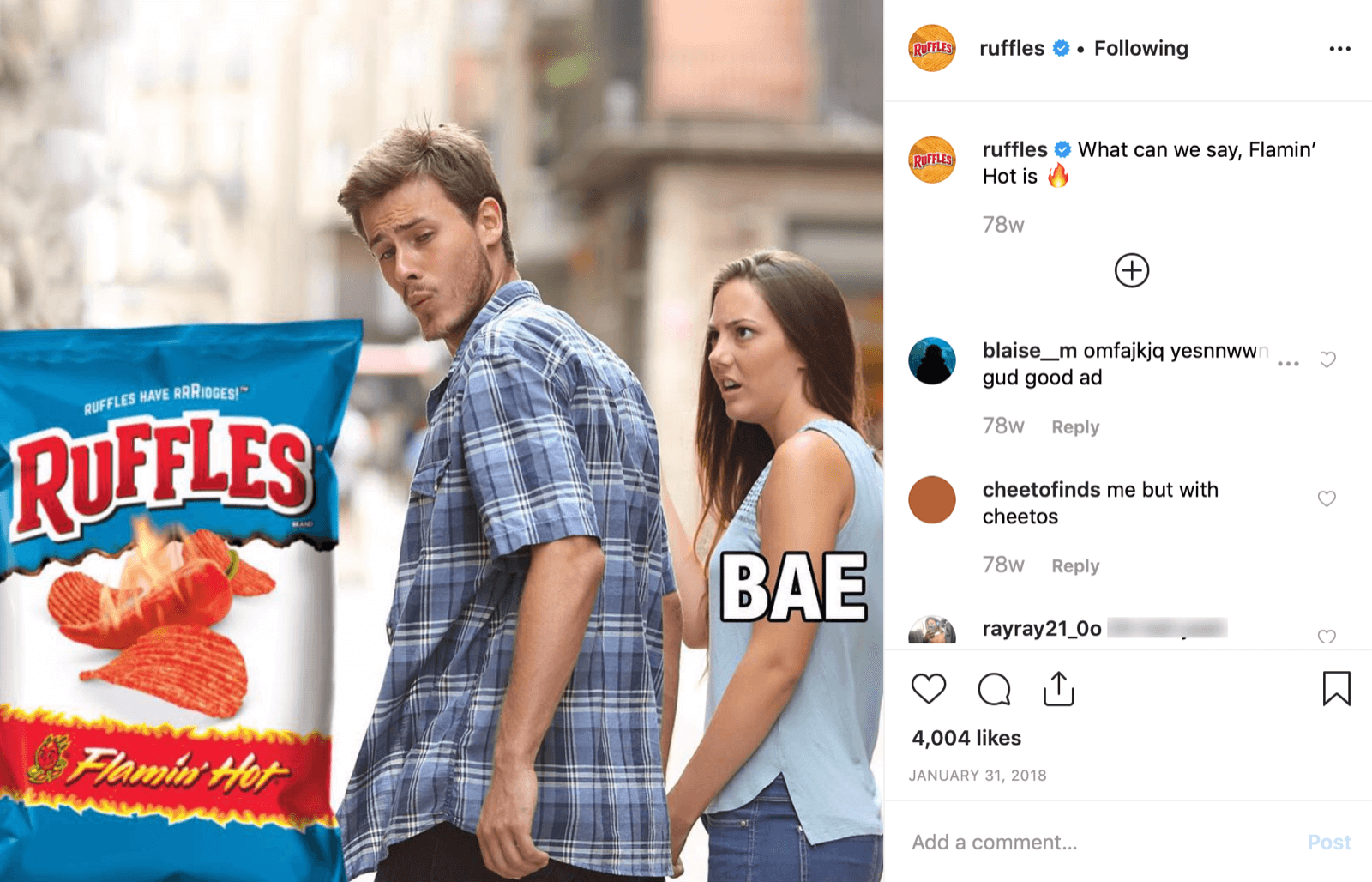
Note that the text you use with it is the key thing here. The meme itself doesn’t have to be related to your industry, product, or service.
Sometimes, a random person online would discover that a photo of themselves have been turned into a meme.
A meme should be funny and acceptable. Don’t use photos that convey the wrong message to your audience.
3. GIFs
A GIF is another fun visual you can use to attract and keep your prospects on your website. I’m sure that you’ve seen a lot of GIFs on social media. It’s because people like them.
You can share GIF that has nothing to do with your business as long as your audience finds it attractive. If you see a GIF and think that they might like it, don’t be afraid to share it with them.
What I often do is share a GIF on social media and see how my followers engage with it. If they like it, I could add it to one of my blog posts.
I also see GIFs in email messages I receive from brands. It’s fun. It’s a cool way to get an email subscriber excited about your brand.
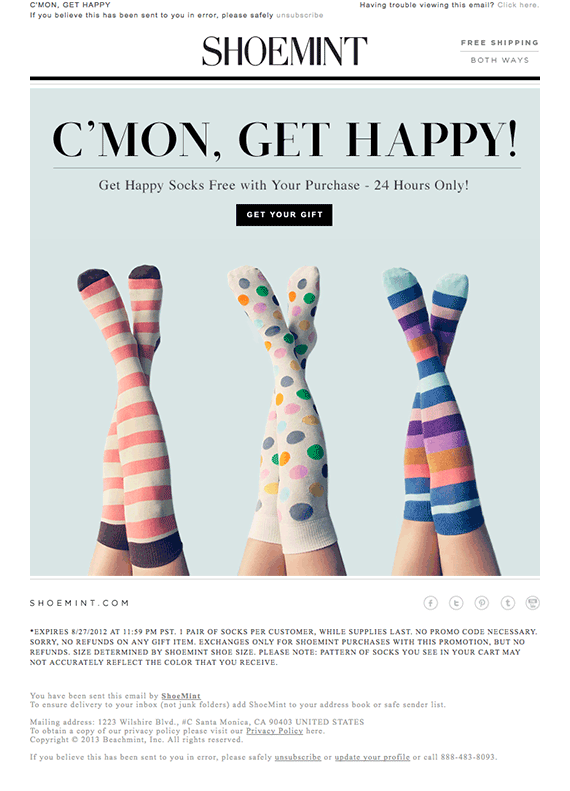
Note that because email is a special place, ensure that the GIF you share there is unique and interesting. If you share a GIF your subscribers have seen many times on social media, I’m not sure they’ll look forward to your next message.
4. Custom Illustrations
Custom illustrations are already popular in the SaaS world. Almost every SaaS company uses them on its website. If your business is SaaS, you’ll have to create a high-quality custom illustration because there’re lots of them out there.
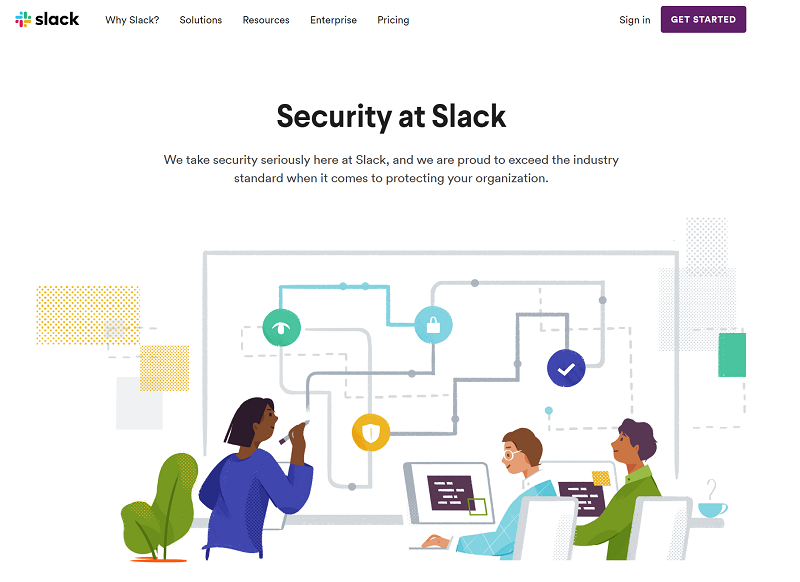
But if you’re in another industry not related to SaaS, you can use custom illustrations to gain attention and edge ahead of your competitors.
Custom illustrations are fun and interesting. Web users like them. They share them on social media.
Think of a comic strip. You combine an illustration with words. Without the illustration, the words are meaningless.
The key here is using it to convey a message to your readers. They’ll look at it because it’s visual. By doing that, you have their attention. So, you can use this moment to drop that powerful message.
Your audience will remember it. And if you’re the only business that produces and shares a lot of custom illustrations in your niche, your website would have a lot of repeat visits because people will want to see those illustrations.
5. Charts and Graphs
I’m a big fan of charts and graphs. They’re fun to read.
Just by looking at a chart or graph, you’ll get the complete information within seconds.
If you attempt to explain the information contained in a chart or graph with words, you might need to write more than 1,000 words.
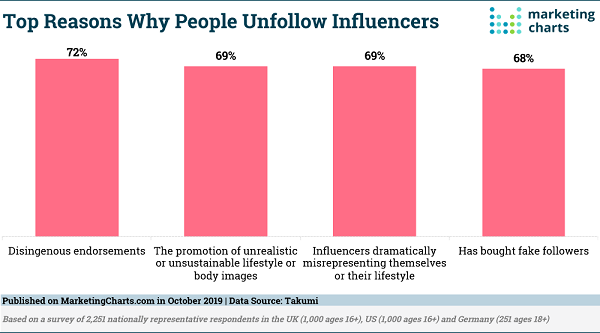
So, if you conduct some internal or external studies and want to share it with your audience, I recommend you use a beautiful chart or graph. It saves your readers time, while at the same time helping you keep their attention.
6. Videos
Video is the most popular visual content format right now, and maybe the hardest to create.
Some people are shy to look at the camera. Well, if you’re good at speaking in front of the camera, you’ll have a big edge over your competitors.
You can do a lot of things with video, which you can’t do in text.
Video is the best way to convey a message. Your audience will also remember most of the messages a few days later.
Video viewers are 95% more likely to remember a call-to-action after watching a video compared to 10% when they read text format.
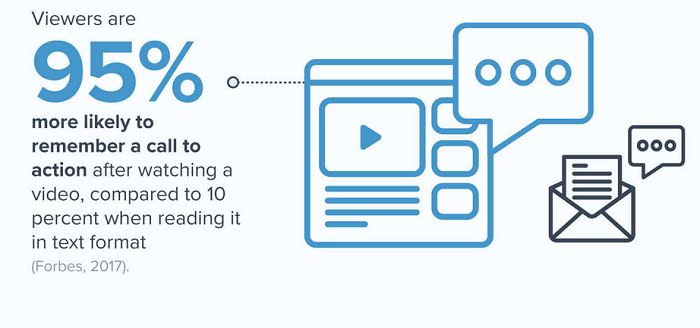
It’s easy to consume video content than text. With video, you sit back and relax as you watch. But in text, you have to read and move your head or eyes. Sometimes, reading itself can be uncomfortable.
Reading is also time-consuming. It could take 20 minutes to read an article. Convert the same article to a video, and it could take 5 minutes or even less.
That’s why business executives like videos. Because they are busy people, they don’t have time to read.
Web users want to see video content from brands.
Video should be at the top of your visual storytelling marketing strategy. It’s the number one content right now. And by 2020, 80% of traffic on the web will be video.
7. Animations
If you truly want to stand out in your industry, invest in animations.
Animations are fun. Web users like them.
Animations are illustrations that move. They are not that expensive to create. You only need a talented graphic designer to make them.
It’s another way to entertain your audience and collect their emails.
8. Infographics
Infographics are another popular visual storytelling type you can use to dominate your niche.
Some niches don’t have as many infographics as others. If your industry doesn’t have many infographics, you can use it to dominate your competitors.
Infographics are easy to digest and share. Use them to present exciting stats your audience will love to see.
Ensure that your infographics are colorful and attractive. When someone sees your infographic, it should make them stop and pay attention to it. That’s what good infographics do.
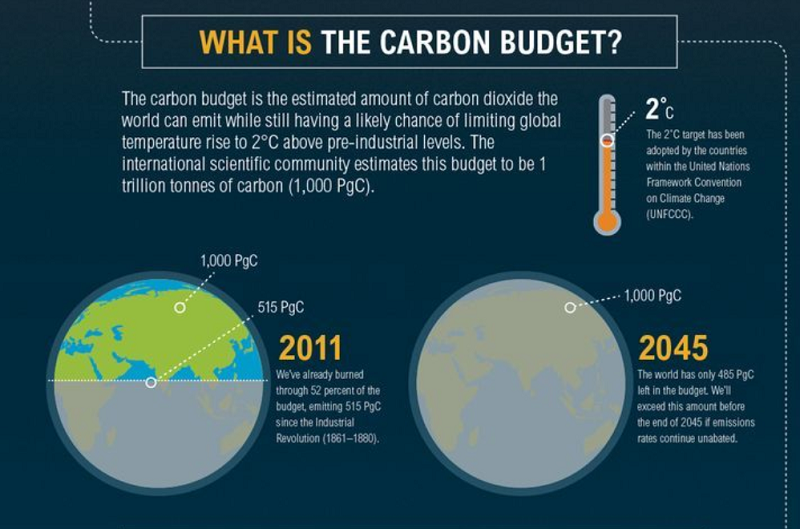
Infographics can come in any size or shape. It’s up to you to decide, depending on the topic. There’re lots of great designers out there who have experience with infographics.
There are also some fantastic tools for creating infographics.
4 Simple Steps to Using Visual Storytelling for Your Business
Can’t wait to start using visual storytelling in your business?
Below are the simple steps you must take before you begin using visual storytelling to market your product or service online.
Step 1: Know what motivates your prospects
How do you know what motivates your prospects?
Create buyer personas.
Businesses that have created buyer personas know what motivates their customers. A great persona would tell you everything you need to know about customers.
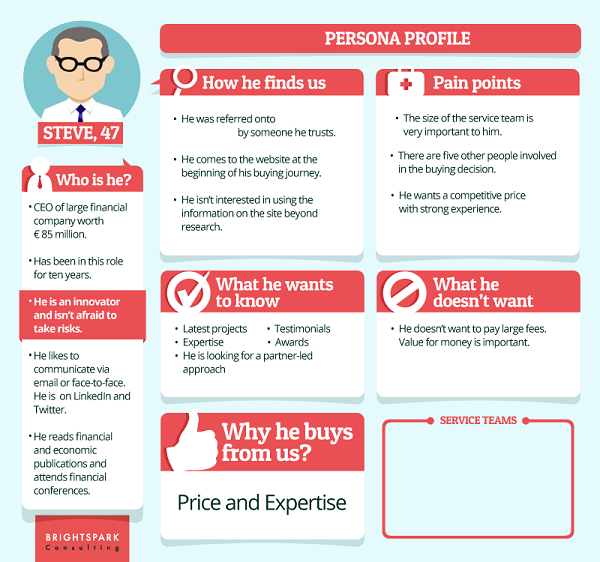
Keep in mind that customers aren’t visiting your website for the sake of it. They’re on your site to find solutions to their problems and solve their underlying emotional needs.
According to the Harvard Business Review, there’re roughly 300 emotional motivators. Below are the top ten:
- Stand out from the crowd
- Have confidence in the future
- Enjoy a sense of well-being
- Feel a sense of freedom
- Feel a sense of thrill
- Feel a sense of belonging
- Protect the environment
- Be the person I want to be
- Feel secure
- Succeed in life
Each visual content you create should contain one of these emotional motivators. That’s how you capture the attention of prospects.
Step 2: Choose the story that resonates with your prospects
Once you’ve recognized the emotional motivator you want to use in content, it’s time to work on a story you want to tell. I recommend you use personal stories or stories within your own company. Never make something up.
Your story could be about an employee, a customer, or a side project. Make sure you own that story. Doing that makes your audience feels connected to you. It brings them closer.
You don’t need a whole day to create a story. The story could be a sentence you could match with an image and share it on social media. It could be a blog post. It could be a meme.
The only requirement is that it’s your story, and it’s complete.
For example, Circle Surrogacy is a surrogacy agency in the United States. The agency uses its own stories in its blog posts and visual content.
Step 3: Use the right visuals that’ll impact prospects
You have to get the combination right. The content format and story should fit.
For example, there’s possibly no way you can share a case study with an infographic. It’s hard. And infographics aren’t perfect for case studies. They’re ideal for statistics and studies.
Videos and photos would be the perfect format for that. They’re more likely to have the right impact than infographics. You can find a lot of free images online to serve your purpose.
Look at visuals that work on the platform you want to use. For example, if you’re going to use YouTube to share your visual content, then a video will be the ideal format for your story. Of course, you can’t create photo content for YouTube. Same way if you want to use visuals for your online digital showroom, you’ll need a website.
Step 4: Test and Adjust
You must continue to test and adjust your visual storytelling campaigns. That’s how you know what works and what doesn’t.
Nothing stays the same forever. Your competitors may catch up with you. It means you have to change again.
To stay ahead of the curve with your stories, you must continue re-adjusting your campaigns. That’ll make it tough for the competition to beat you.
Conclusion
Visual storytelling is the present and the future. If you want to compete for attention and gain massive leads, I highly recommend that you start using visuals today if you’re not doing that already. It is a highly effective approach for b2b lead generation.
So, how do you collect leads?
Your visual storytelling campaigns will send massive traffic to your website. But traffic, in itself, is worthless. You need to turn that traffic into leads.
And by using OmniKick, you’ll be able to collect leads on your website.
It’s free to sign up today. Click to start using OmniKick.
